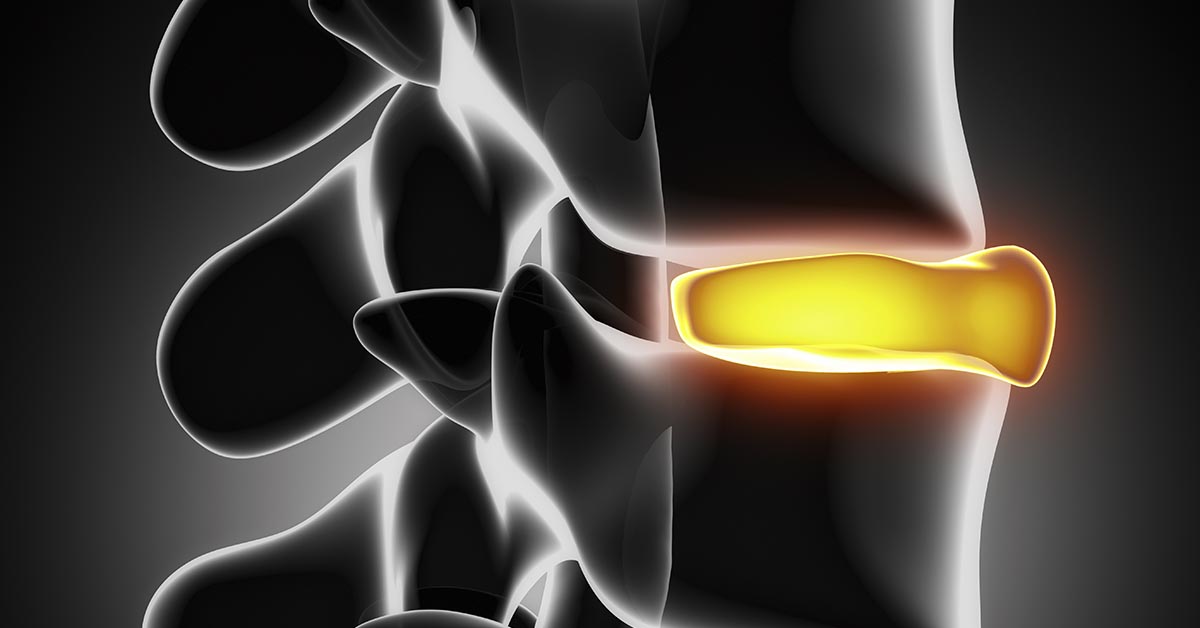We see a lot of injury patients in our Naperville chiropractic office, and sometimes we need to take X-rays of the injured area so we can document progress and rule out any serious problems in your spine.
If you have never been to a chiropractor before, you may not understand that a chiropractor will go through procedures similar to a medical doctor for your first visit. This involves taking the history of what happened to you, when, and all the other details; your personal medical history, orthopedic tests, imaging studies such as x-rays or examination of previously taken imaging tests, and finally a diagnosis.
This procedure is especially important if you have been involved in an auto accident or work injury that needs legal documentation. To pay an injury claim, companies need substantiation of the fact that you were indeed injured. Otherwise, thousands of people would claim injuries just to collect money from the companies.
Many injuries that a chiropractor sees are injuries sustained to the soft tissues of the body – the muscles, tendons, ligaments, and connective tissue that holds the body together. This type of injury is one that presents to the doctor or chiropractor with a lot of subjective symptoms, which are symptoms that the patient complains of but not one that is actually seen with the naked eyes.
An example is whiplash. One of the first symptoms that occur after a car accident is stiff neck and a neck that hurts. Your chiropractor can tell that your neck is stiff and hurts by watching you move your neck and noticing how you hold your neck in space. During the physical exam, your chiropractor will perform orthopedic tests to see the extent of your stiffness and pain but he still needs additional verification. This is where the imaging studies come into the picture.
With an x-ray, flattening of the cervical curve in your neck will show up for whiplash. A CT scan may show a vertebral fracture that is critical information for the chiropractor, telling him not to adjust your neck. An MRI may show a disc herniation, which gives additional clues to your chiropractor not to adjust your neck yet, and to use other healing methods to decrease pain and inflammation and stimulate the body’s healing processes.
Accident victims seeking medical help or help from a chiropractor who have imaging studies are successfully documenting the episode, providing medical criteria for an accurate diagnosis, and also setting up future reimbursement for their case.
Source: Teresinski, G. Verification of whiplash-associated disorders in forensic practice. Part II. Objectivization of injuries. Arch Med Sadowej Kryminol 2013 Jul-Sept; 63(3): 182-93.



